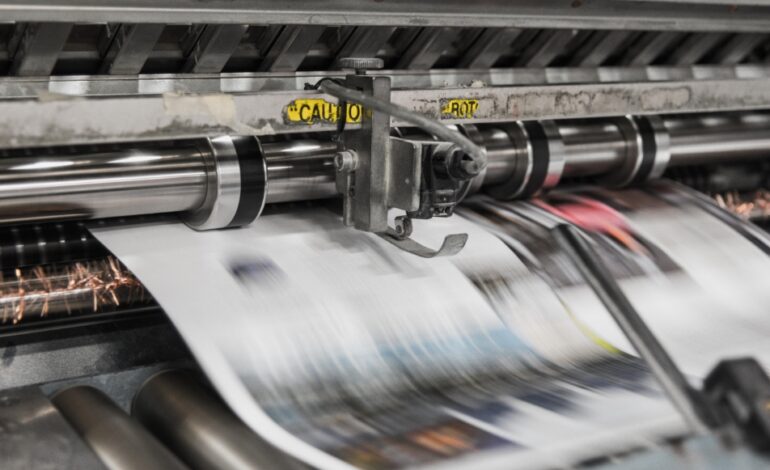
When it comes to promotional printing, the quality of the final output depends just as much on the choice of substrate as it does on the design or printer used. Whether you’re producing banners, retail displays, signage, or exhibition graphics, the substrate you select can greatly influence colour vibrancy, durability, and overall visual appeal.
Understanding your print substrate — the base material onto which your design is printed — is essential for achieving the desired outcome. Each type comes with specific characteristics that make it suitable for certain applications. Here’s how to approach choosing the right substrate for your promotional print needs.
Consider the Application Environment
First, identify where the print will be used. Is it for an indoor retail environment or an outdoor event? Indoor prints can use substrates that prioritise visual detail and finish, such as paper or polyester-based options. Outdoor environments require materials that are weather-resistant, UV-stable, and durable, such as PVC or mesh banners.
For example, PVC is one of the most commonly used substrates for outdoor displays thanks to its high durability and weatherproof properties. Meanwhile, fabric or canvas materials can lend a premium feel for indoor graphics or exhibition booths.
Weight and Flexibility Matter
The thickness and weight of a substrate impact how easy it is to install, transport, or store. Lightweight options like foam board or polypropylene are often used for temporary indoor signage. They’re easy to cut and mount, making them cost-effective for short-term campaigns.
Heavier substrates, such as rigid plastic or aluminium composite panels, provide stability and are ideal for long-term displays or locations with high foot traffic. If the print will be mounted or stretched over a frame, the flexibility and tensile strength of the substrate will also come into play.
Print Compatibility
Not all substrates are compatible with every printing technology. For instance, UV printers work well on a wide range of materials, including rigid boards and plastics, while latex printers are suited for flexible media. It’s important to match the substrate with the capabilities of your printer and inks to avoid issues like smudging, poor adhesion, or colour inaccuracy.
Choosing substrates specifically engineered for high-performance printing ensures consistency and vibrant results. These materials are often pre-treated for better ink adhesion and colour performance.
Finishing Options
Depending on your design, you might need a substrate that can handle post-printing treatments such as lamination, cutting, or mounting. Some substrates are designed to hold up under high temperatures or be folded without cracking — ideal for POS displays or promotional stands.
Trusted Source for Quality Media
Working with a reliable supplier makes the decision process easier. If you’re looking for versatile options that suit a wide range of promotional applications, the display print media collection from Soyang offers an excellent starting point. These substrates are tailored for commercial displays, combining high-quality surfaces with ease of use for both indoor and outdoor printing needs.
Final Thoughts
The right substrate does more than hold your design — it enhances it. By considering factors such as location, material weight, print method, and finish, you can ensure your promotional prints look professional and last as long as needed. With the right choices, your graphics will make a bold impression wherever they’re displayed.








